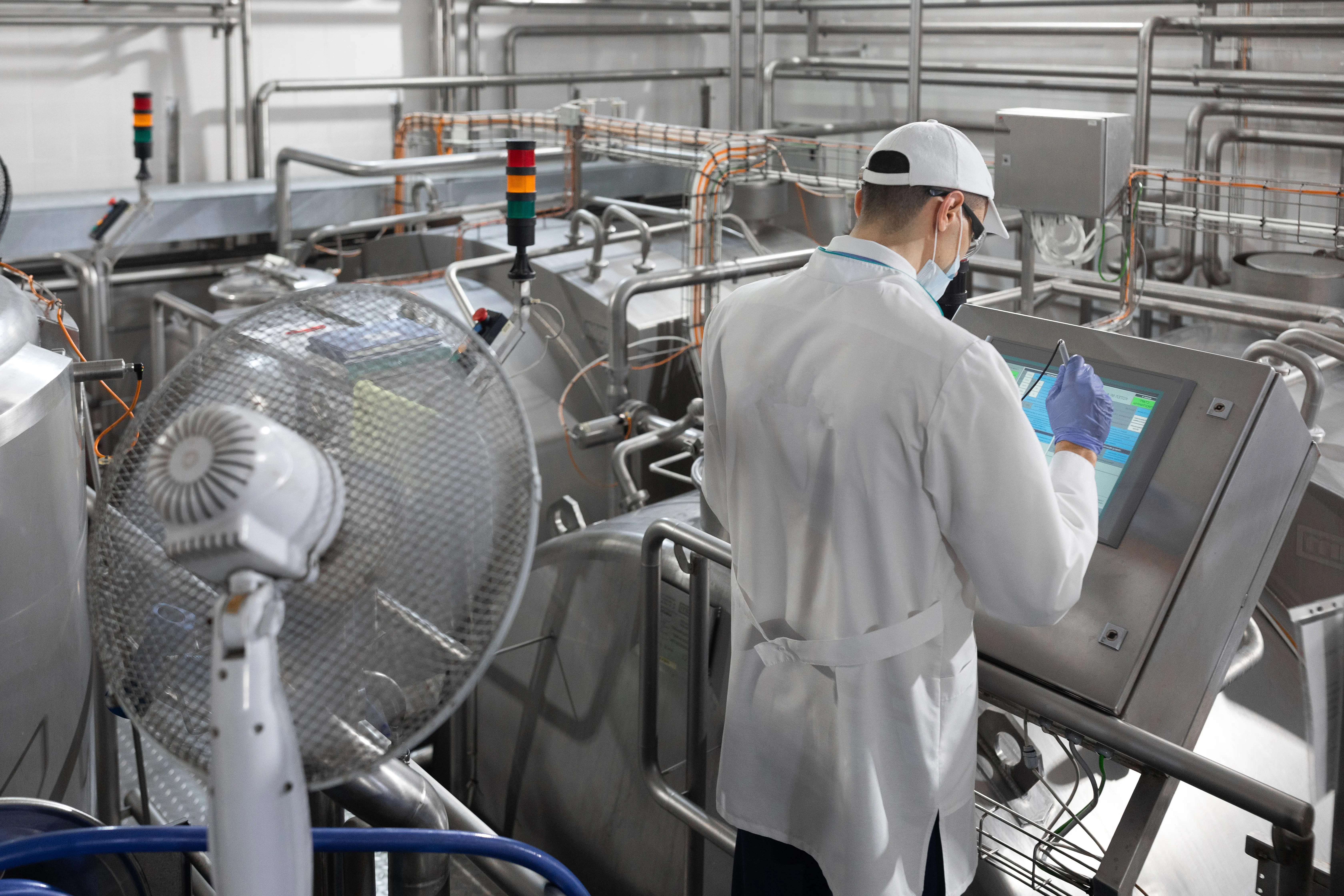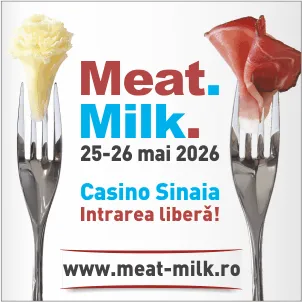358

Regulation (EU) No. 1169/2011 on the Provision of Food Information to Consumers
Amending Regulations (EC) No. 1924/2006 and (EC) No. 1925/2006 of the European Parliament and of the Council and repealing Commission Directive 87/250/EEC, Council Directive 90/496/EEC, Commission Directive 1999/10/EC, Directive 2000/13/EC of the European Parliament and of the Council, Commission Directives 2002/67/EC and 2008/5/EC, and Commission Regulation (EC) No. 608/2004 (Text with EEA relevance) In force since 22 November 2011
(20) General Principles on Consumer Information
Legislation on food information should prohibit the use of information that may mislead the consumer, particularly regarding the characteristics of food, its effects or properties, or by attributing medicinal properties to food products. To be effective, this prohibition must also apply to advertising and the presentation of food products.
Article 7 – Fair Information Practices
- Food information shall not be misleading, particularly: a) as to the characteristics of the food, especially its nature, identity, properties, composition, quantity, durability date, country of origin or place of provenance, or the method of manufacture or production; b) by attributing to the food effects or properties which it does not possess; c) by suggesting that the food possesses special characteristics when, in fact, all similar foods possess such characteristics, particularly by specifically highlighting the presence or absence of certain ingredients and/or nutrients; d) by suggesting, through presentation, description, or images, the presence of a particular food or ingredient, when, in fact, a naturally present component or an ingredient normally used in that food has been replaced by a different component or ingredient.
- Food information shall be accurate, clear, and easy for the consumer to understand.
- Subject to derogations provided for in Union legislation applicable to natural mineral waters and foodstuffs intended for particular nutritional uses, food information shall not attribute to any food the property of preventing, treating, or curing a human disease, nor refer to such properties.
Article 20 – Omission of Food Constituents from the List of Ingredients
Without prejudice to Article 21, the following constituents of a food shall not be required to appear in the list of ingredients:
a) constituents of an ingredient which, during the manufacturing process, have been temporarily removed and later reintroduced in an amount not exceeding their original content;
b) food additives and food enzymes:
- whose presence in a food is solely due to the fact that they were contained in one or more of the ingredients of that food, in accordance with the “carry-over principle” referred to in Article 18(1)(a) and (b) of Regulation (EC) No. 1333/2008, provided that they no longer have a technological function in the finished product; or
- which are used as processing aids;
c) carriers and substances which are not food additives but are used in the same way and for the same purpose as carriers, and which are used in strictly necessary quantities;
d) substances which are not food additives but are used in the same way and for the same purpose as processing aids and remain present in the finished product, even if in a modified form;
e) water:
- when used in the manufacturing process solely to reconstitute an ingredient used in concentrated or dehydrated form; or
- in the case of a covering liquid which is not normally consumed.
Article 18 – The Carry-Over Principle
- The presence of a food additive shall be permitted: a) in a compound food, other than those listed in Annex II, where the additive is permitted in one of the ingredients of the compound food; b) in a food to which a food additive, food enzyme, or food flavouring has been added, if the additive: i) is permitted in the additive, enzyme, or flavouring in accordance with the Regulation; ii) has been carried over into the food through the additive, enzyme, or flavouring; and iii) has no technological function in the finished product; c) in a food intended solely for the preparation of a compound food, provided that the final food complies with this Regulation.
- Paragraph (1) shall not apply to infant formulae, follow-on formulae, processed cereal-based foods, and dietary foods for special medical purposes for infants and young children, except where explicitly provided.
- Where a food additive added to a food has a technological function in the final product, it shall be regarded as an additive of that food and must comply with the applicable conditions of use.
- Without prejudice to paragraph (1), the presence of a sweetener used as a food additive is permitted in a compound food with no added sugars, in a low-energy compound food, in compound diet foods for low-calorie diets, in non-cariogenic compound foods, and in compound foods with an extended shelf life, provided that the sweetener is permitted in one of the ingredients of the compound food.
Article 27 – Instructions for Use
Instructions for the use of a food shall be indicated clearly, so as to allow appropriate use of the food.
Article 36 – Applicable Requirements
- Where food information referred to in Articles 9 and 10 is provided on a voluntary basis, such information shall comply with the requirements set out in Chapter IV, Sections 2 and 3.
- Voluntarily provided information shall meet the following requirements: a) not mislead the consumer, in accordance with Article 7; b) not be ambiguous or confusing for the consumer; c) be based, where appropriate, on relevant scientific data.
Dr. Eng. George Grecu





